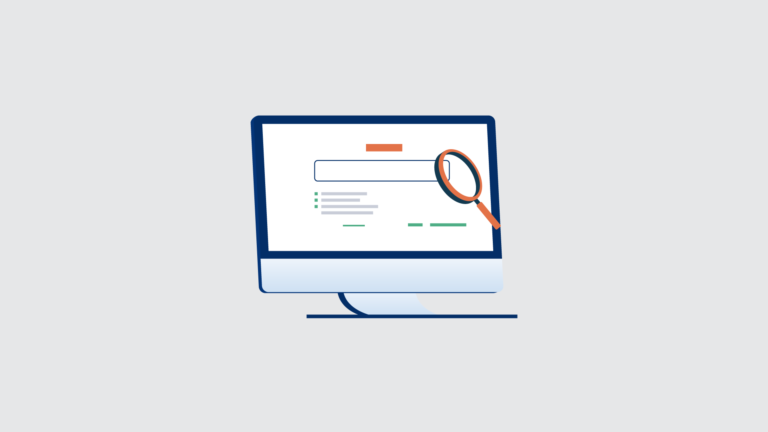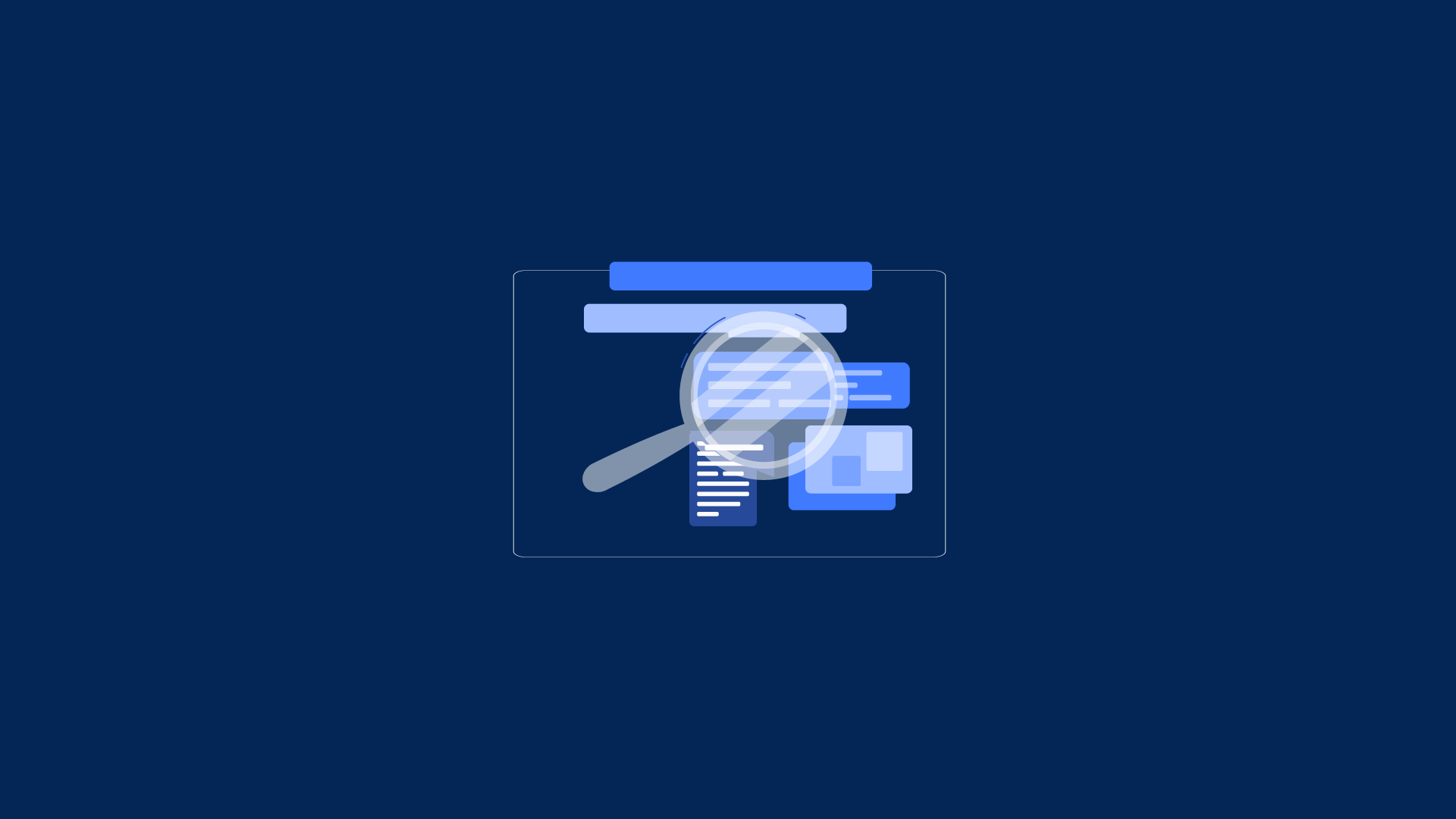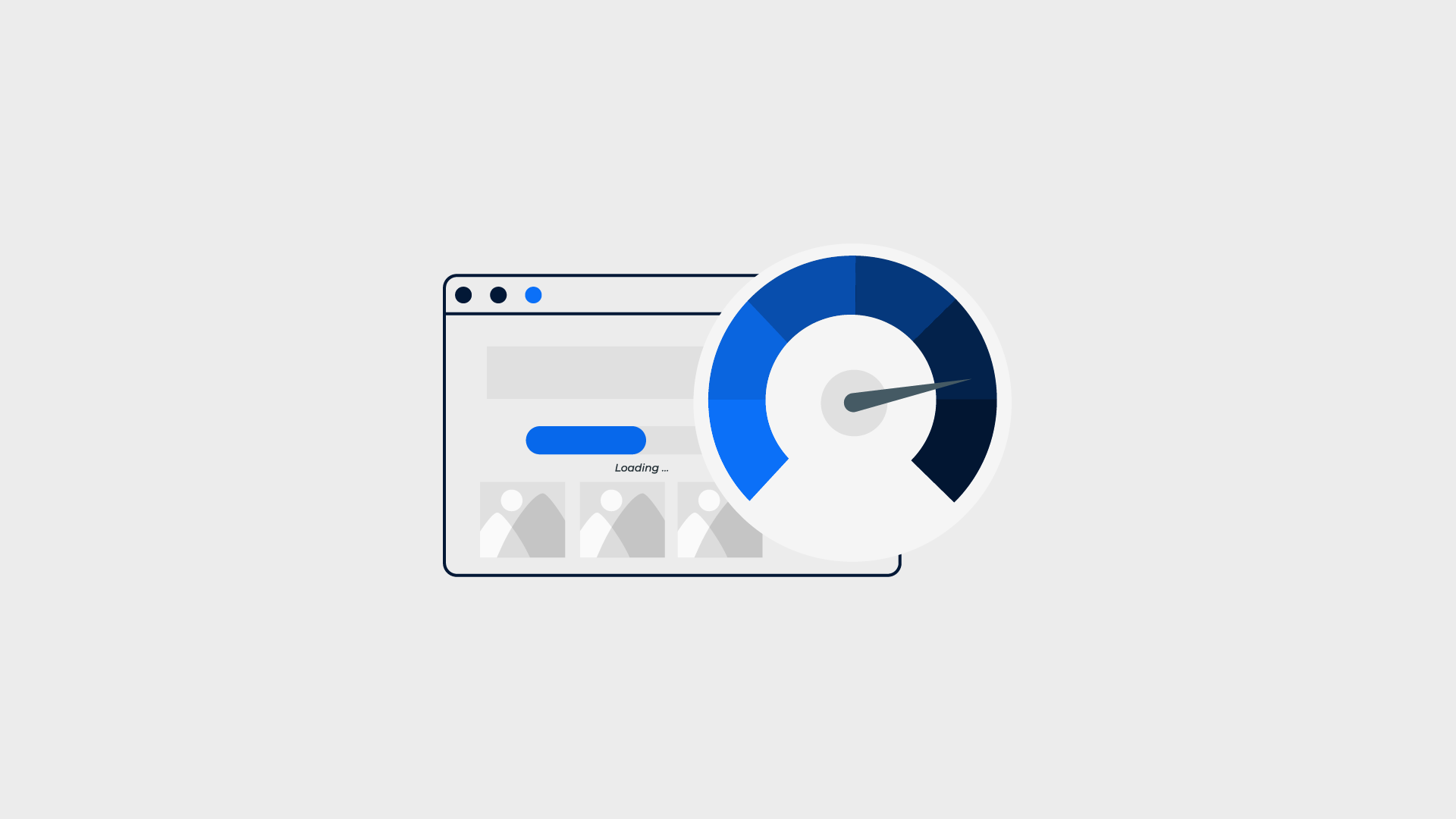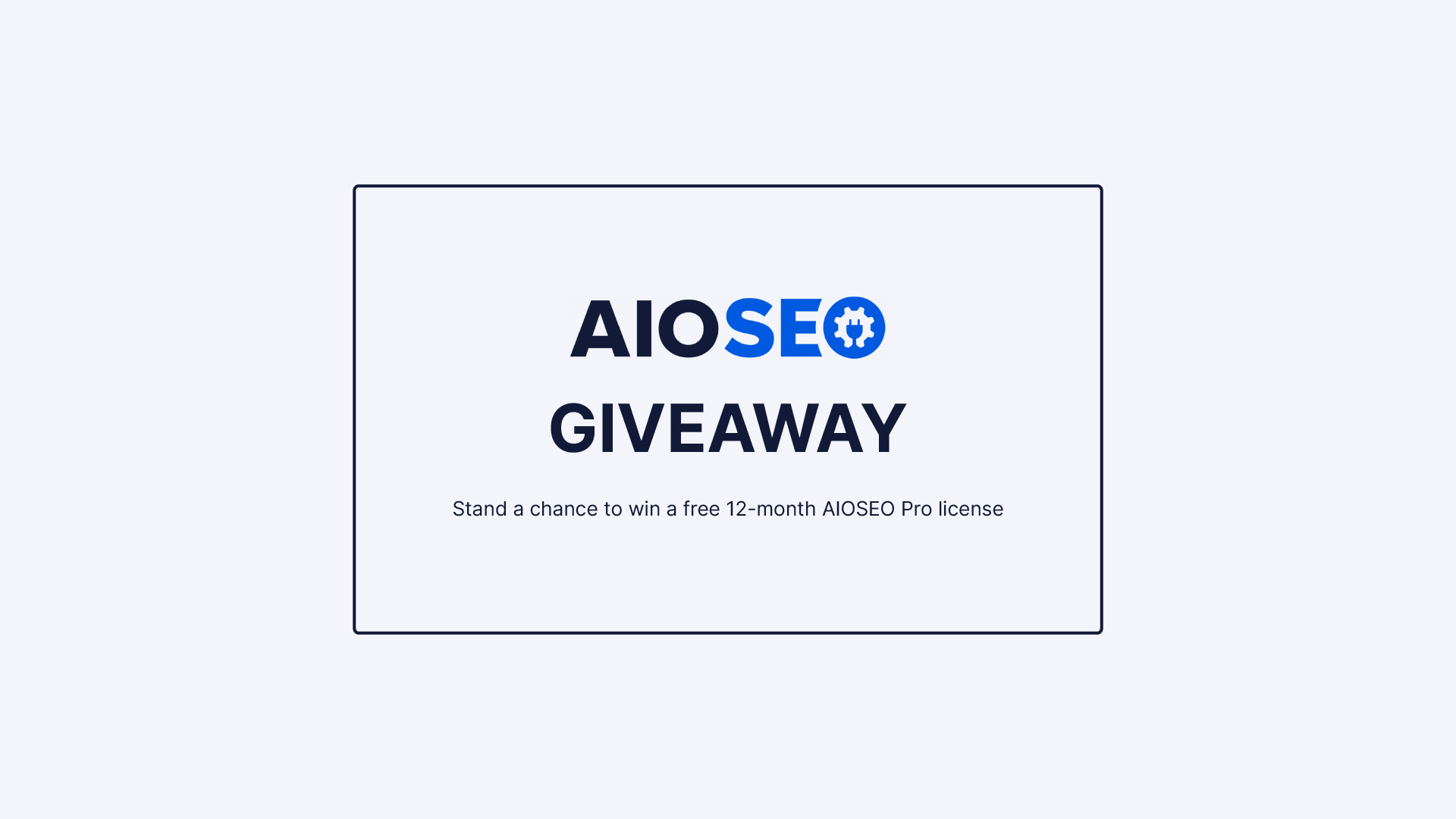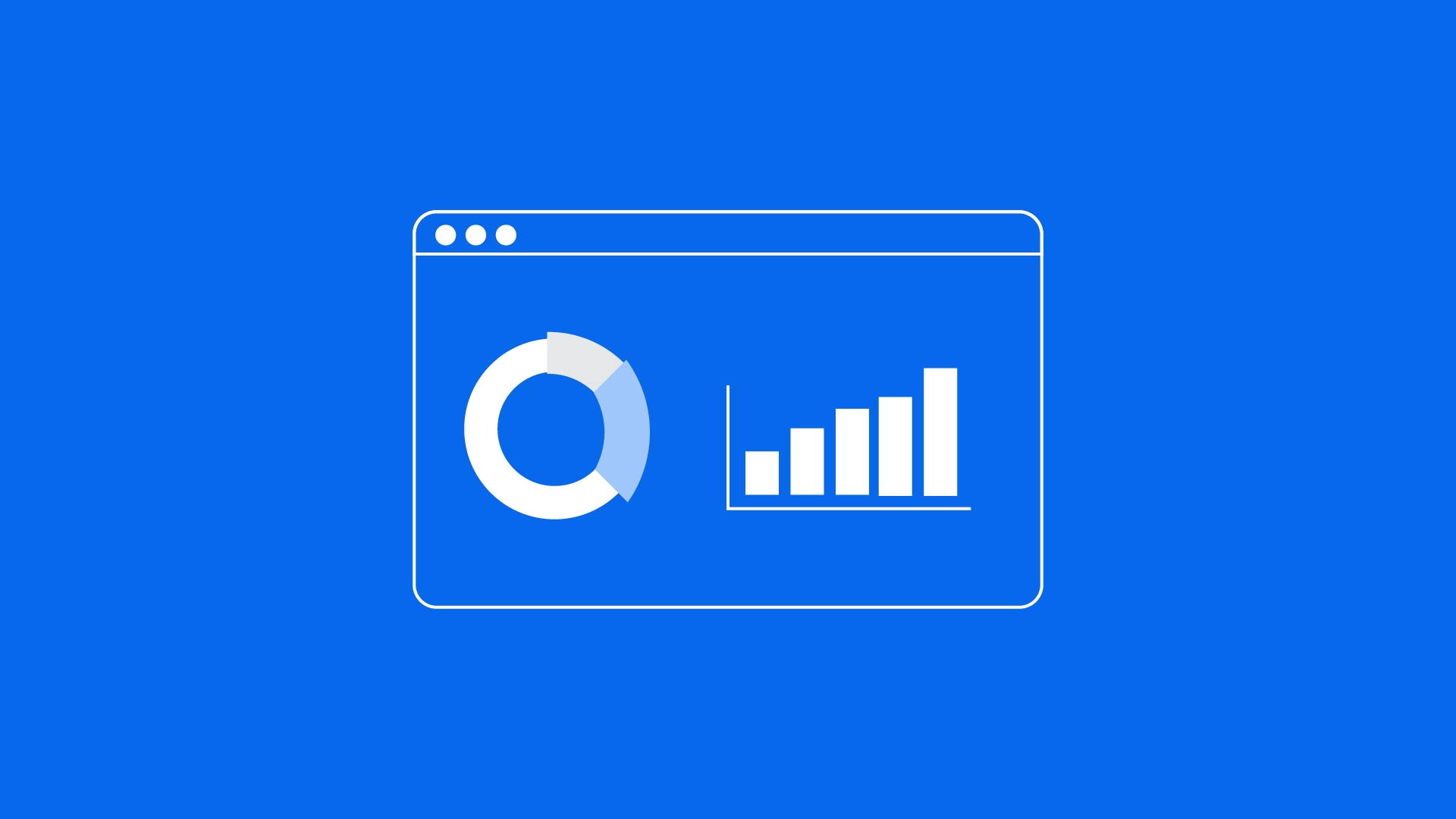If you want to boost your blog post rankings, it helps to know what works best. This SEO checklist is for you.
It takes a lot of time and effort to create a blog post. It also costs a significant amount of resources and money, whether you create them yourself or hire someone else to do it for you. Because of this, every blog post needs to provide you with a good ROI (Return on Investment).
For example, Google receives 5.5 billion searches each day, and of all searches, the first five results for a given search receive 67% of all clicks on those results. This, therefore, means it's important to optimize your blog posts so they get ranked high and attract lots of visitors.
In this article, we'll go over everything you need to know about how to write great blog posts and optimize them for search engines like Google, Bing, Yahoo, etc. We'll even cover some things you might not think about when creating blog posts.
A Complete SEO Checklist for your Blog Post
Search engine optimization best practices are the first step towards creating a seamless user experience, and helping the right target audience find your content on SERPs. The number of people you expect to find you online is determined by the target keyword's search volume and your position in search rankings.
Targeting the right search terms start with keyword research to find out which keywords are easier to rank by using keyword research tools. This is your first step in establishing the best SEO strategy for your blog.
Blog Post SEO Best Practices
- Start your Content Plan with Keyword Research
- Consider What People are Searching and Why
- Optimize the Length of Your Blog Post
- Analyze the Readability of your Content and Improve
- Write a Captivating Title for your Blog
- Add a Meta Description to Your Blog Post
- Link to Relevant Internal and External Research
- Add Images and Videos to Your Blog Posts
- Use Categories and Tags to Organize Content
- Write the Best Piece of Content on the Topic
- Encourage your Readers to share on Social Media
- Optimize Your Older Blog Posts
1. Start your Content Plan with Keyword Research
Do keyword research before you create your content strategy. If you don’t know what people are searching for, it’s hard to write about topics that matter to them. You won’t be able to rank well for those terms, and you might even lose traffic to sites that do.
Start with a list of keywords you think your potential customers are looking for use SEO and content tools to find this information. SEO tools like SEMrush can help you see how many searches there are for each search term. This information helps you understand whether you should focus on writing about certain topics or others.
Use tools like SEMrush to find keywords related to your topic or niche. When you start creating content, make sure you include keywords that relate to your target audience. These words will help you rank better for queries that match your content.
For example, if you sell dog food, you could add the word “dog” to your title tag. This way, when someone types “dog food,” your site appears above competitors that aren’t targeting dogs. Integrating your website with Google Search Console is one of the ways that can help you identify how people are finding your website and therefore the fastest way to provide them with what they are searching for if you don't already have it on your site.
Don’t guess. Ask yourself what your audience wants, and then provide them with answers. People want answers, not guesses. Tools like google trends can help you identify search patterns for keywords you want to rank for.
They want to learn something specific. So, try asking questions. What problems does your product solve? Why should anyone buy your product? How much money will it save them?
Usually, the best way to find people's search patterns is through long tail keywords, that is what search queries will show you. As in the example I shared in the previous paragraphs, people don't just search for dogs, they search for "the best dog food" so instead of targeting "dogs" go for a more specific search that will help you rank faster and higher.
1Discover Data-Based Topics with Keyword Research
A focus keyword is an important word or words that describe what your site is about, such as "best dog food," "how to make money online," "the best mattress," etc. If you're writing about something specific like making money online, it makes sense to include the term in your title.
But if you want to cover a broad topic, such as how to find a good mattress, don't worry too much about including the keyphrase in your headline. Instead, try to come up with a few different ways to say what you mean, such as "top 10 mattresses."
Focus keywords are great for creating longer articles because they give you ideas for related topics and boost your search engine rankings.
For example, if you write about how to make money online, you might think about topics like affiliate marketing, blogging, eCommerce, and passive income. These are all things you could talk about in one article, so why not start there?
Decide Your Focus Keyword or Key phrase
Choosing a single target keyword can help you increase traffic to your site. If you are looking to rank for multiple terms, use AIOSEO to find the best combination of words that match your needs.
You don’t want to choose a keyword that isn’t relevant to what you sell. For example, if you run a personal injury law firm, you might pick a “personal injuries lawyer.” However, if you run a dog grooming business, you could select “dog groomer.”
If you decide to go with one term, make sure it has a high search volume — meaning there are lots of searches performed each month — and low competition — meaning there aren’t many sites competing for those searches. This way, you won’t end up getting penalized by Google for having too much overlap.
AIOSEO uses machine learning to find the most appropriate keywords for you based on your industry, audience, and location. Once you’ve found some good candidates, check out our post about how to use AIOSEO to optimize for your chosen keywords. You can even set up a free trial account here.
Find Related Keywords
Finding keywords related to your focus keyword is a way to beef up your content with other ways people find you in search results.
Google has a feature called "Related searches," or people also ask which allows you to find similar questions to ones you've already asked. You can use this tool to find related keywords by entering your primary keyword into Google Search.
This tool works best if you're looking for phrases that are specific to your industry. For example, if you sell luxury cars, searching for "luxury car dealers near me" could provide some helpful information.
You should always try to include as many relevant terms as possible when writing an article. This will help your page rank higher in Google and other Search Engines. You can also use tools like Clearscope and Surfer SEO which give you suggestions on related words to add to your content.
But remember not to stuff them in your text. This would look weird to your readers and search engine bots are pretty good at detecting it.
1. Start your content Plan with Keyword Research
Don't just copy and paste a bunch of keywords into an article. Instead, use a tool like SEMRush or Ahrefs to see which words are most popular. Find out what your audience is looking for. Then make sure those terms show up in your title.
The trend on keywords will give times to best right or update content for a targeted keyword. When you know what the search intent is on searches, you can then write content that answers those search queries.
1. Start your content Plan with Keyword Research
The average word count of a blog post ranking on page 1 on google is around 1477 words. This is because most people tend to write longer articles on Medium. If you're writing shorter pieces, try posting them on sites like LinkedIn, where there are fewer restrictions on how many words you can use.
One thing to note is that some platforms allow you to set the maximum number of words per article. This allows you to limit the total number of words across all your posts.
You might think that having lots of images and videos in your blog post makes it look busy, but that isn't necessarily true. Research suggests that readers prefer text-heavy blogs. So, if you're trying to optimize the length of your blog posts, focus on making them full of useful information rather than stuffing them with pictures.
When it comes to adding keywords, don't overdo it. If you use too many keywords, people won't find your blog because the search engines can't figure out what your site is about. Instead, focus on one or two main keywords and use AI content optimization software to get more suggestions on what other ranking content.
1. Start your content Plan with Keyword Research
Users spend less than a second thinking about whether they want to stay on a web page or leave it. They read what interests them, and scroll down when they don't find what they're looking for. This makes it crucial to make sure your content is easy to scan.
Your goal is to create content people want to read. You do this by focusing on three things: Content, Design, and Engagement.
Content Writing
There are many ways you can increase the chances that readers will come back to your site again and again. One way is to ensure that each piece of content is unique and relevant to your audience.
If you write articles about how to build a house, there's no reason why every article needs to be the same. Instead, try writing different types of articles like "How to Build a House," "Best Materials for Building a House," and "The Best Tools for Building a House."
Content/ Blog Design
The design of your content is important to make it easy for your audience to understand your content.
For example, if you write an article about how to build a deck, you should include photos of decks so readers know what kind of structure they're talking about. Images and graphics are powerful tools for getting attention.
People love to see things visually, so using visuals in your blog posts helps get your message across.
Mobile traffic has grown rapidly since 2011 and now accounts for nearly half of all online activity.
Content/ Blog Design
Another way to keep readers coming back to your site is to offer them more reasons to stick around. When you ask questions in your blog posts, you encourage users to comment. And comments are great because they give you insight into what your readers care about.
Analyze Readability and Improve Your Content
So what is readability and why should you care?
What Is Readability?
The term "readability" describes the ease with which someone reads text.
For example, if you write a paragraph that includes complex vocabulary words, long sentences, and multiple paragraphs, it might be difficult for readers to understand. A simple sentence structure with short sentences and a few paragraphs could be easier to comprehend.
When you consider the fact that there are over 7 billion people in the world today, and even more reading English, it becomes clear that readability is important. You want to ensure that your work is accessible to everyone.
Why Does Readability Matter?
There are several reasons why readability matters. First, readability affects your ability to attract visitors to your website.
When your audience doesn't understand your copy, they won't stick around. They'll find another place to go where they feel more comfortable. Second, readability affects your reputation.
People judge books by their covers, and they often assume that poorly written content is simply because the writer isn't very skilled.
This assumption leads to poor reviews and ratings on sites such as Amazon and Yelp. Third, readability impacts your ability to generate sales. Poorly written content makes people less likely to buy products and services.
How Do I Use Readability To Make Better Content?
You can improve your readability through a variety of techniques. Here are a few examples:
Use Short Sentences
Short sentences are easier to understand than longer ones. The following two sentences have the same meaning, but the first one uses shorter sentences.
- I am going to the store to get milk.
- I am going shopping to get milk.
In the first example, the reader has to spend extra time trying to figure out what the second sentence means. It's much easier to understand when the sentences are short.
Avoid Longer Words
Longer words are harder to understand than shorter ones. Consider these two sentences:
- This is an interesting book.
- This is a great story.
In the first sentence, the word "interesting" takes up space. That makes it hard to read. In the second sentence, the word "story" is easy to understand because it's shorter.
Make Sure Your Copy Has Good Grammar
Grammatical errors can make your copy seem unprofessional. Even though grammar rules may vary from country to country, certain mistakes should never happen.
These include using incorrect spelling, misspelling common words, and using contractions (e.g., can't instead of cannot). Grammarly ai writing assistant is one tool you can use to optimize your grammar in your content.
If you're not sure whether or not your grammar is correct, check your work against a dictionary. Also, try to avoid using abbreviations unless you're writing for a specific audience.
Write With Purpose
Readers will appreciate your efforts to communicate clearly. If you're unclear about what you want to say, then you need to clarify your message before you start writing.
For example, let's say you want to write a blog post about how to create a successful business. Before you begin writing, ask yourself questions like: What do I want my audience to learn? How will this help them? Why should they care?
Once you've answered those questions, you'll know exactly what information you need to convey. Then you can write with purpose.
Keep in mind that some readers will be able to tell if you don't use proper grammar. Others might notice if you use too many long words. Still, others might think something is wrong if you don't provide enough details.
The key is to keep your focus on communicating effectively. You can always add additional details later. For now, just write with purpose.
5. Write a Captivating Blog Post Title
A clean title is essential for any type of content. If your title isn't clear enough, readers won't know what your post is about. Try to use your keyword(s) in the title. Avoid writing long titles - keep it short and sweet.
Your blog post title should include words related to the subject matter of your post. For example, if you are writing about how to make money online, you might use terms like "how to make money," "online jobs," or "make money." If you want to attract readers, you must provide value to them. You can do this by including relevant keywords in your title.
A good way to think about it is to imagine someone searching for information on your topic. If you want them to find your content, you need to give them something useful. This could mean providing tips and tricks, giving examples of real problems you've solved, or even just making sure your post provides some insight into the problem.
You don't necessarily need to use every keyword in your title, but try to include enough to convey the main idea. Try to avoid long phrases because they're hard to scan. Instead, keep your titles short and sweet (155-160 characters) is recommended for SEO.
Use Your Keyphrase in the Blog Title
The title of your post is one of the most important elements of your blog. If you don't use it well, people won't read your article. They'll just skip over it. But if you do use it well, readers are much more likely to stick around and engage with your content.
One way to make sure you're doing a good job with your titles is to include your main keyword phrase in there somewhere. This isn't always easy because many times your main keyword phrase doesn't fit into the space you've got.
Use Power Words in Your Blog Title
Power words are the most effective way to make sure people know exactly what you're talking about. These words are used in headlines, captions, and subheadings. You want to use these words because they'll attract attention and encourage readers to read further.
To find out if your headline scores high, try the Headline Analyzer, a Headline Generator from AIOSEO.
6. Add a Meta Description to Your Blog Post
A Meta description describes your blog post to people and search engines. This tag helps you generally, inform and interest users with a short, relevant summary of what a particular page or blog is about and rank better in searches.
You should optimize your Meta descriptions for SEO reasons. To do that,
- Add keywords to your Meta descriptions.
- Focus on one keyword per Meta description.
- Include the focus keyword early in each Meta description.
7. Link to Relevant Internal and External Resources
Links to high DR sites help increase rankings by improving the authority of your website. Make sure you link to related content. Do not just link to any old website. You must use both nofollow and dofollow links depending on whether you are trying to influence the reader or simply provide information.
Internal linking is an essential part of SEO. If you want to rank well on Google, it needs to be done correctly. You don't just add links anywhere - you make sure those links are relevant to the topic of your article.
AIOSEO's Link Assistant helps you do just that. With one simple tool, you'll be able to find new linking opportunities within seconds. And since we've already found thousands of potential linking opportunities for you, you won't even have to spend hours manually searching for them.
You can use our Link Assistant to find all of the linking opportunities available for every single post on your blog. Then, you can use it again to build a report of all the links pointing to each post. This way, you'll know exactly where the most important links are located.
And once you've identified the best places to link, you can use our Link Assistant again to generate a list of all the posts that could benefit from additional links.
8. Add Images and Videos to Your Blog Posts
Adding an image to a post increases engagement and makes it more attractive to readers. But make sure you don’t use copyrighted images. If you do, you could face legal action.
Adding an image to a blog post is one of the best ways to improve your social media presence. A photo goes beyond just filling up space on a text-based article — it adds visual interest and helps people understand what you are talking about. In addition, images help boost the performance of your posts on Facebook, Twitter, Instagram, LinkedIn, and Pinterest.
But there is a caveat. You must include an image source in every single blog post. Otherwise, you risk running into trouble.
For example, if you upload an image to a post without including the source in the body copy, you might run afoul of copyright laws. And even if you don’t violate someone else’s copyright, you still might find yourself facing legal action.
So, how do you know to who an image belongs? Here are some tips:
Check the metadata
Metadata refers to information stored within an image file. This includes things like the date it was taken, where it was taken, who took it, etc. To check metadata, open the image in Photoshop or another software program. Then, look for the EXIF data. This is the most important piece of metadata because it tells you everything you need to know about the image.
Look for watermarks
Watermarks are tiny logos that appear at the bottom left corner of photos. They identify the photographer and often indicate the source of the photo. So, if you see a logo that looks familiar, chances are good that the image came from somewhere online.
However, you shouldn’t assume that the watermark indicates that the image is free for commercial use. Many photographers put their watermarks on their work, but they aren’t required to do so.
Do a reverse image search
This tool searches the internet for similar pictures. If you find something that looks suspicious, you can take a screenshot of the original picture and report it to the owner.
9. Optimize Your Images and Videos
The web is full of beautiful pictures and videos. But what happens when someone shares one of those photos or videos online? Do you know how important it is to make sure your images look great?
If not, here are some tips to optimize your images and videos.
Add Alt Text
Alt text is the small description that appears under each photo or video you upload. This information helps people understand what your picture is about. For example, if I uploaded a photo of my dog, my alt text might say something like "My cute little puppy."
Choose a Resize Option
You don't always have to use the largest option when you resize images. Sometimes smaller sizes work better because they fit into certain places better. You can find out what works best for your site by testing different sizes.
Keep File Size Smaller
When you upload images, you'll notice there are three different sizes: Large, Medium, and Thumbnail. These are called pixel dimensions. Pixel dimensions are basically measurements of the width and height of the image.
A large image is usually 2000 pixels wide while a thumbnail is 150 pixels wide. When you change the size of the image, you're actually changing the number of pixels used to display the image. So a larger image uses fewer pixels than a smaller image.
10. Use Categories and Tags to Organize Content
Categories are one of those things we use every day without even thinking about it. We see them everywhere—on social media platforms like Facebook and Instagram, on eCommerce sites, and on blogs.
They help us find what we're looking for, whether it's a product, a recipe, or a video game. But did you know that they can actually improve your site's performance in search engines too? In fact, according to Moz, "categorization is one of the most important factors in determining how high a web page ranks."
Please note that category pages count when it comes to your site’s SEO score.
So, categorizing and tagging are both good ideas, but don't combine them. You'll end up with a mess of categories and tags that won't make sense to anyone else. Instead, focus on creating a single set of categories and tags that organizes your content effectively. If you're wondering where to start, here are some tips.
Start with Keywords
Start by identifying keywords that describe your content. For example, if you sell shoes online, you might think of words like "shoes," "men's shoes," "women's shoes," etc. Then, look for similar terms that relate to your products or services.
These could include variations of your main keyword ("best men's dress shoes"), synonyms ("dress shoe", "black leather men dress shoes"), or phrases that suggest what your customers might be interested in ("men’s black dress shoes").
Make Sure Each Category Is Unique
Once you've identified your keywords, take a few minutes to write down each one. Now, go into your site's post category settings and add each one to a separate category. Once you've done that, check out the list again. Are there any duplicates? Delete any that aren't unique.
11. Write the Best Piece of Content
The most important thing you can do to rank well on Google is to write the best piece of content on the topic. You want to be the one people come to for information on the topic. This doesn't mean just writing something up off the cuff. You need to take some time to research the topic thoroughly.
You'll find lots of great articles written about how to write good content on the web. Here are some tips from our team:
- Start with a question. What problem does the article solve? If it's a blog post, what actionable advice does it give readers?
- Be specific. Don't say "I'm going to write an article." Instead, say "I'm going to write an article about..."
- Include a call to action. Tell visitors exactly where they can go once they're done reading your article.
- Provide value. Your audience wants to know why they should care about the topic. Why should they read your article? How will they benefit from doing so?
- Link out to authority sites. When someone reads your article, they might want to learn even more. Give them a way to do that.
Tips on How to Write the Best Content on a Topic
The best way to write content is to start with research. What are people searching for? What do they want to know about?
If you don't know what they're looking for, how can you possibly provide them with the information they seek? You'll never find out unless you conduct some thorough keyword research. Once you've done that, it's time to start writing.
You might think that writing content requires creativity, but that's simply not true. In fact, there are certain ways to make yourself sound smarter than you really are. For example, try avoiding words like "therefore," "however," and "nevertheless."
These words mean nothing without context, and they often lead to confusion. Instead, use specific words to describe your points. This makes your content easier to read and understand.
Another thing to keep in mind while writing is that people scan text. Your headline should be short, sweet, and to the point. Use bullet points whenever possible. And remember, you don't always have to include keywords in your headlines. But if you do decide to add keywords, make sure they're relevant to your topic.
Once you've written your article, make sure to proofread it thoroughly. There's no reason why anyone else should ever see it. After you've finished editing, ask someone else to take a look at it. They won't necessarily tell you everything wrong with it, but they'll catch things that you missed.
Finally, once you've got your content ready, promote it everywhere you can. Share it on social media sites such as Facebook, Twitter, LinkedIn, and Reddit.
Also, post it on forums where your target audience hangs out. Don't forget about blogs, either. Many bloggers accept guest posts because they're looking for quality material.
When you follow these steps, you'll soon discover that creating great content isn't nearly as hard as you thought it was.
12. Encourage Social Media Shares
One of the most important things you can do for your blog is to encourage people to share it. This is especially true for blogs that are focused on specific niches like real estate, law, finance, etc.
Sharing increases traffic leads to more conversions and improves your overall brand awareness. But how do you go about encouraging people to share your post? Here are some tips to help you out.
- Add a Call To Action (CTA). A call to action tells visitors what to do next. You could use buttons, images, text, or even videos. Just make sure that you include one. If you don't, visitors won't know what to do. You can do this by including social media platforms to share to.
- Include Images. People love pictures. They're great for making your article look visually appealing. Make sure that you add at least one image per post.
- Use Keywords. When someone shares your article, they'll often include the keywords you used in your headline, body copy, and tags. By including those same keywords in your post itself, you give readers another reason to share it.
- Write An Interesting Title. Your title is the first thing people see when they land on your article. So, make sure that it grabs attention, that way they would want to share it with their friends or followers..
- Create Content That Inspires Readers. Don't just write about something because it's "on topic." Instead, write about topics that inspire you. And make sure that the content you produce is relevant to your audience.
- Give Visitors Something To Talk About. Once people start reading your article, they'll want to talk about it with others. So, make sure to provide helpful resources, such as links to related articles or tools that can help them solve problems.
13. Optimize Your Older Blog Posts
Reviewing old posts helps you see if there is anything wrong with your writing or if you missed something important. Add internal links to make it easier for readers to navigate your site.
You can also track search rankings to see if you're getting better at SEO. Finally, make sure your blog post is optimized for mobile devices.
Try this on page SEO checker from SEMRush.
Rank Your Content with This Blog Post SEO Checklist
When writing a blog post, make sure you're doing everything you can to rank your content high. You don't want to miss out on traffic because your content doesn't do well.
Here are some things to consider as you write a blog post.
- Title Tags - Use keywords in your title tag. If you use a keyword phrase, try to keep it under 60 characters.
- Description Tag - Write a description that includes keywords. Try to keep it under 150 characters.
- Image Alt Text - Think about how you'd describe the image without actually seeing it. What words come to mind? Keep those words in the alt text.
- Keywords In Body Copy - When writing body copy, think about where you could insert your keywords. For example, "The best way to prepare chicken breast is..."
- Links To Other Pages - Link to related articles, videos, and other posts. Don't just drop one link; build up a list of related resources.
- Social Media Buttons - Include buttons to share your content across social networks.
Check out this list of the best SEO and content marketing tools you can use to optimize your content better.
